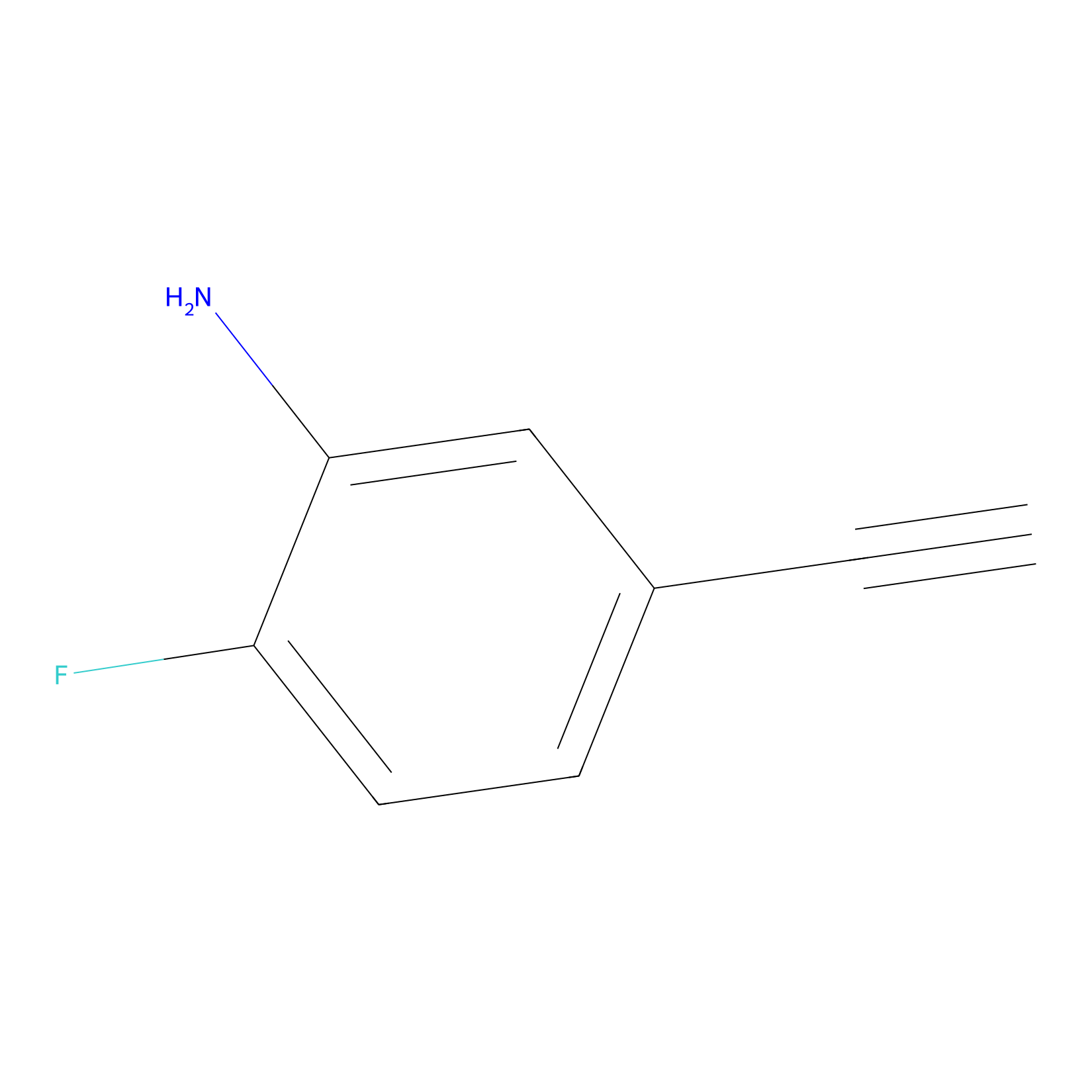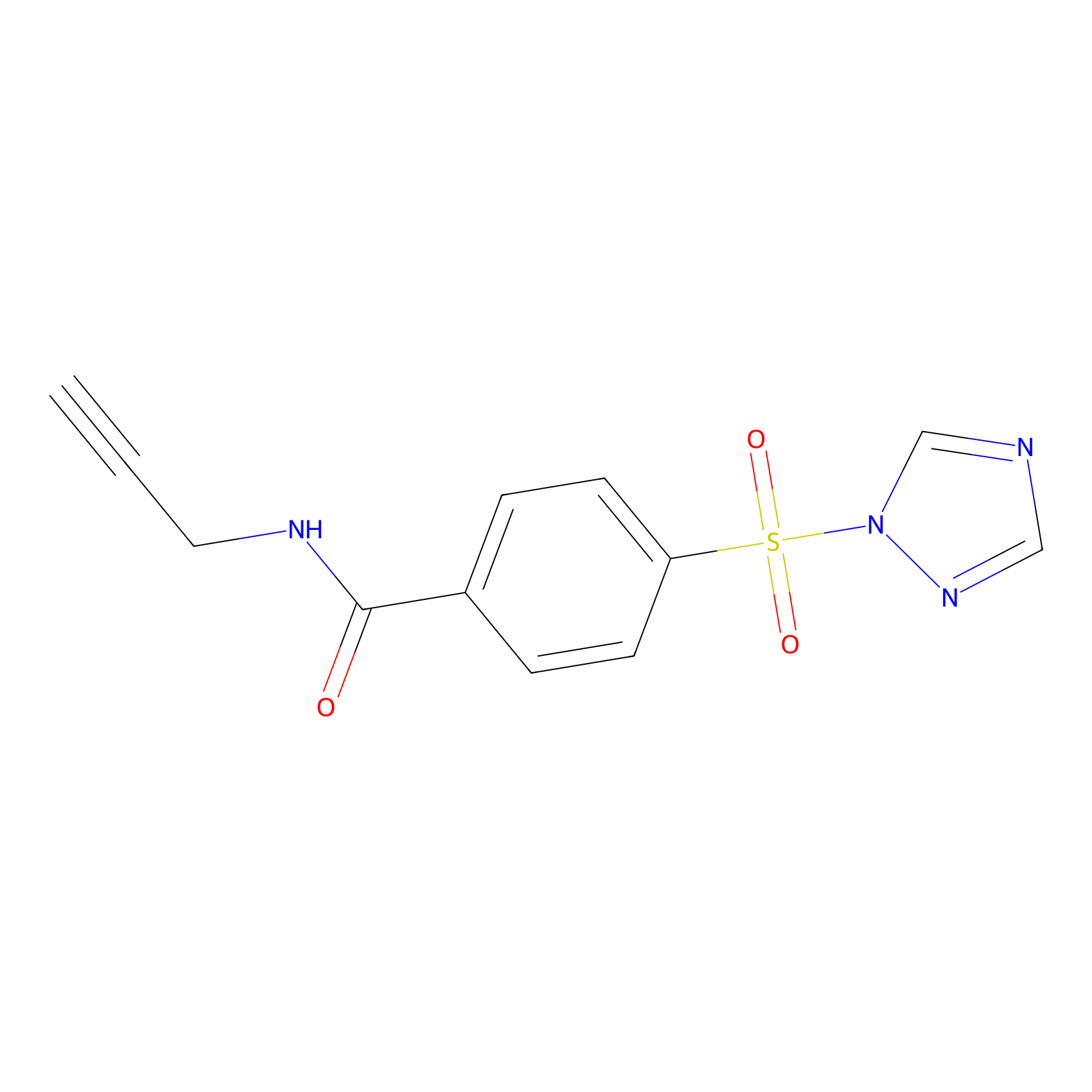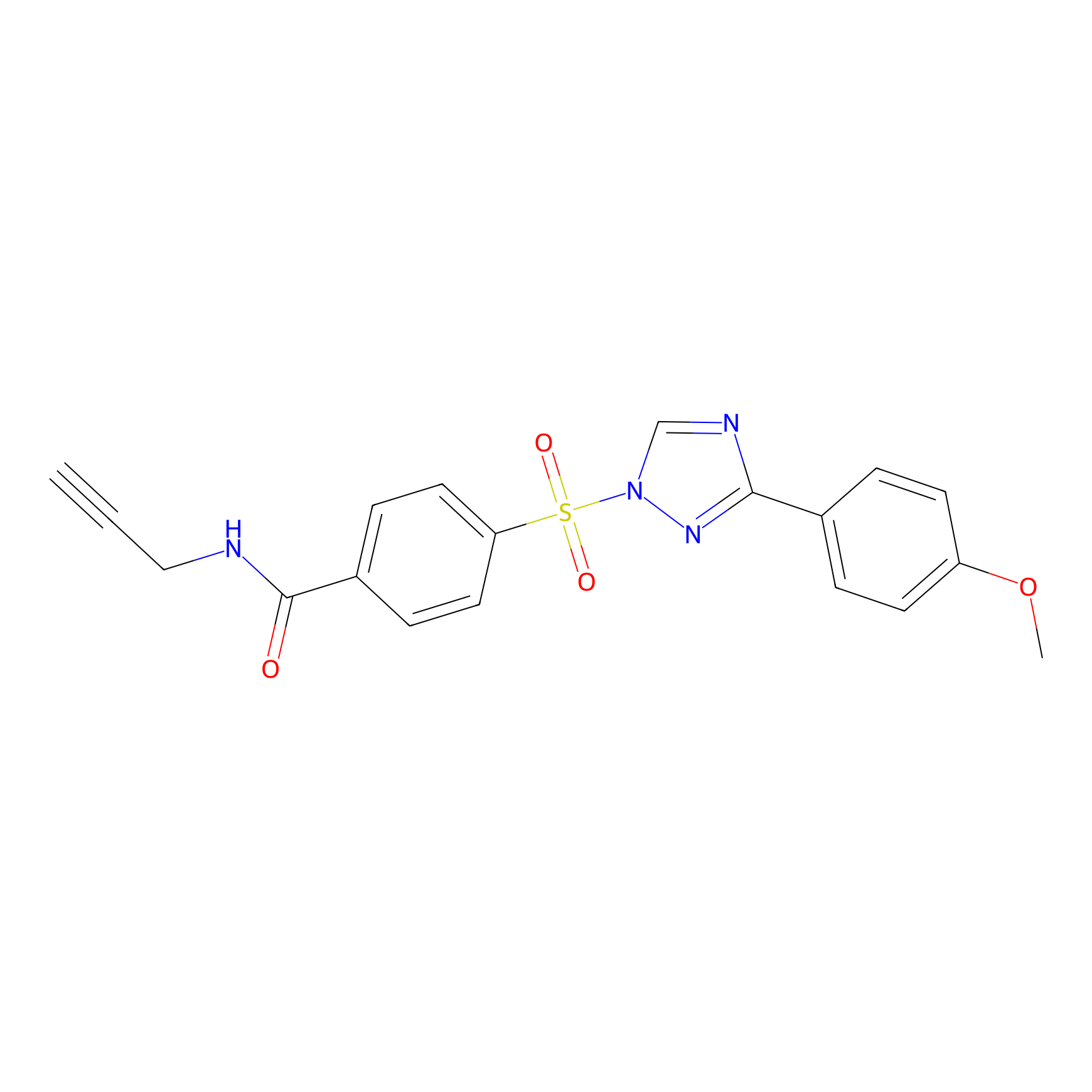Details of the Target
General Information of Target
| Target ID | LDTP01006 | |||||
|---|---|---|---|---|---|---|
| Target Name | Eukaryotic translation initiation factor 4E type 2 (EIF4E2) | |||||
| Gene Name | EIF4E2 | |||||
| Gene ID | 9470 | |||||
| Synonyms |
EIF4EL3; Eukaryotic translation initiation factor 4E type 2; eIF-4E type 2; eIF4E type 2; Eukaryotic translation initiation factor 4E homologous protein; Eukaryotic translation initiation factor 4E-like 3; eIF4E-like protein 4E-LP; mRNA cap-binding protein 4EHP; h4EHP; mRNA cap-binding protein type 3
|
|||||
| 3D Structure | ||||||
| Sequence |
MNNKFDALKDDDSGDHDQNEENSTQKDGEKEKTERDKNQSSSKRKAVVPGPAEHPLQYNY
TFWYSRRTPGRPTSSQSYEQNIKQIGTFASVEQFWRFYSHMVRPGDLTGHSDFHLFKEGI KPMWEDDANKNGGKWIIRLRKGLASRCWENLILAMLGEQFMVGEEICGAVVSVRFQEDII SIWNKTASDQATTARIRDTLRRVLNLPPNTIMEYKTHTDSIKMPGRLGPQRLLFQNLWKP RLNVP |
|||||
| Target Bioclass |
Other
|
|||||
| Family |
Eukaryotic initiation factor 4E family
|
|||||
| Subcellular location |
Cytoplasm
|
|||||
| Function |
Recognizes and binds the 7-methylguanosine-containing mRNA cap during an early step in the initiation. Acts as a repressor of translation initiation. In contrast to EIF4E, it is unable to bind eIF4G (EIF4G1, EIF4G2 or EIF4G3), suggesting that it acts by competing with EIF4E and block assembly of eIF4F at the cap. In P-bodies, component of a complex that promotes miRNA-mediated translational repression. Involved in virus-induced host response by mediating miRNA MIR34A-induced translational silencing which controls IFNB1 production by a negative feedback mechanism.; Component of the 4EHP-GYF2 complex, a multiprotein complex that acts as a repressor of translation initiation. In association with GIGYF2, assists ribosome-associated quality control (RQC) by sequestering the mRNA cap, blocking ribosome initiation and decreasing the translational load on problematic messages. Part of a pathway that works in parallel to RQC-mediated degradation of the stalled nascent polypeptide. GIGYF2 and EIF4E2 work downstream and independently of ZNF598, which seems to work as a scaffold that can recruit them to faulty mRNA even if alternative recruitment mechanisms may exist.; (Microbial infection) Upon SARS coronavirus-2/SARS-CoV-2 infection, the interaction with non-structural protein 2 (nsp2) with GIGYF2 enhances GIGYF2 binding to EIF4E2 and increases repression of translation initiation of genes involved in antiviral innate immune response such as IFNB1.
|
|||||
| Uniprot ID | ||||||
| Ensemble ID | ||||||
| HGNC ID | ||||||
Target Site Mutations in Different Cell Lines
Probe(s) Labeling This Target
ABPP Probe
| Probe name | Structure | Binding Site(Ratio) | Interaction ID | Ref | |
|---|---|---|---|---|---|
|
STPyne Probe Info |
 |
K134(6.72) | LDD0277 | [1] | |
|
5E-2FA Probe Info |
 |
N.A. | LDD2235 | [2] | |
|
HHS-475 Probe Info |
 |
Y78(1.03) | LDD2238 | [3] | |
|
HHS-482 Probe Info |
 |
Y78(1.04) | LDD2239 | [3] | |
References
